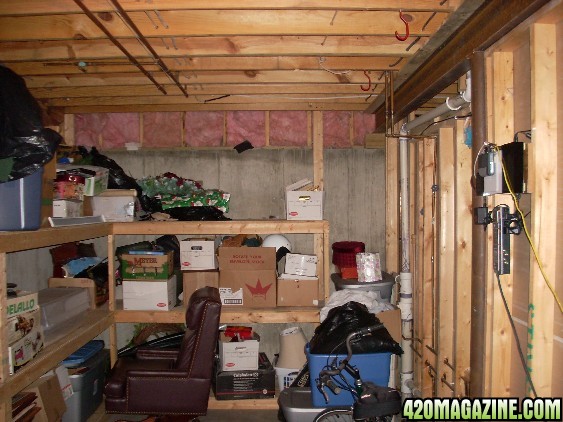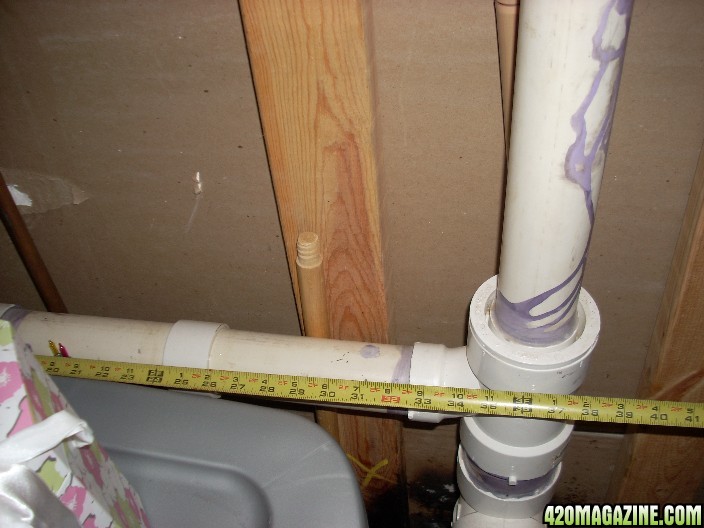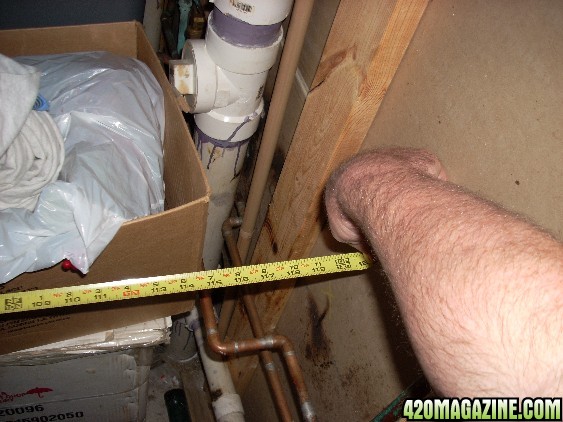Good morning all. I'm new here and in the planning phases of building my first grow room. The area that I'll be using is the far corner of a storage area in my basement. The entire room is 10' by a little over 40', and I'll be building what's essentialy a wall with a false door around 5 or 6feet deep. I think it's a perfect spot. It's in the far corner of my basement in a room which requires you to pass through two others to get to it, I have plenty of water lines to tap into, and I have my breaker box on the other side of it so that I can run whatever runs I need to provide adequate (and safe) electricity.
Here's a shot of the room I'll be using. I'm going to move those shelves out to the face of the wall of my room, and I'll have to crawl under the lowest shelf to get to the hidden door.

I'm trying to figure out how and where I'm going to vent this room, and one idea I gleaned from the FAQ here was to utilize the sewer system to vent into. On the opposite side of my wall around 3' out is a drain from the bathroom which resides on the other side. I believe it's 3" pipe from my pics.


We have a well and septic system, and I'm curious if it would be feasible to just tap into that cleanout on the drain, or if I need to look elsewhere? As there's a bathroom on the other side of this wall, there's also a vent installed and perhaps I could utilize that line.
Thanks in advance for any help.
Peace
Here's a shot of the room I'll be using. I'm going to move those shelves out to the face of the wall of my room, and I'll have to crawl under the lowest shelf to get to the hidden door.
I'm trying to figure out how and where I'm going to vent this room, and one idea I gleaned from the FAQ here was to utilize the sewer system to vent into. On the opposite side of my wall around 3' out is a drain from the bathroom which resides on the other side. I believe it's 3" pipe from my pics.
We have a well and septic system, and I'm curious if it would be feasible to just tap into that cleanout on the drain, or if I need to look elsewhere? As there's a bathroom on the other side of this wall, there's also a vent installed and perhaps I could utilize that line.
Thanks in advance for any help.
Peace




